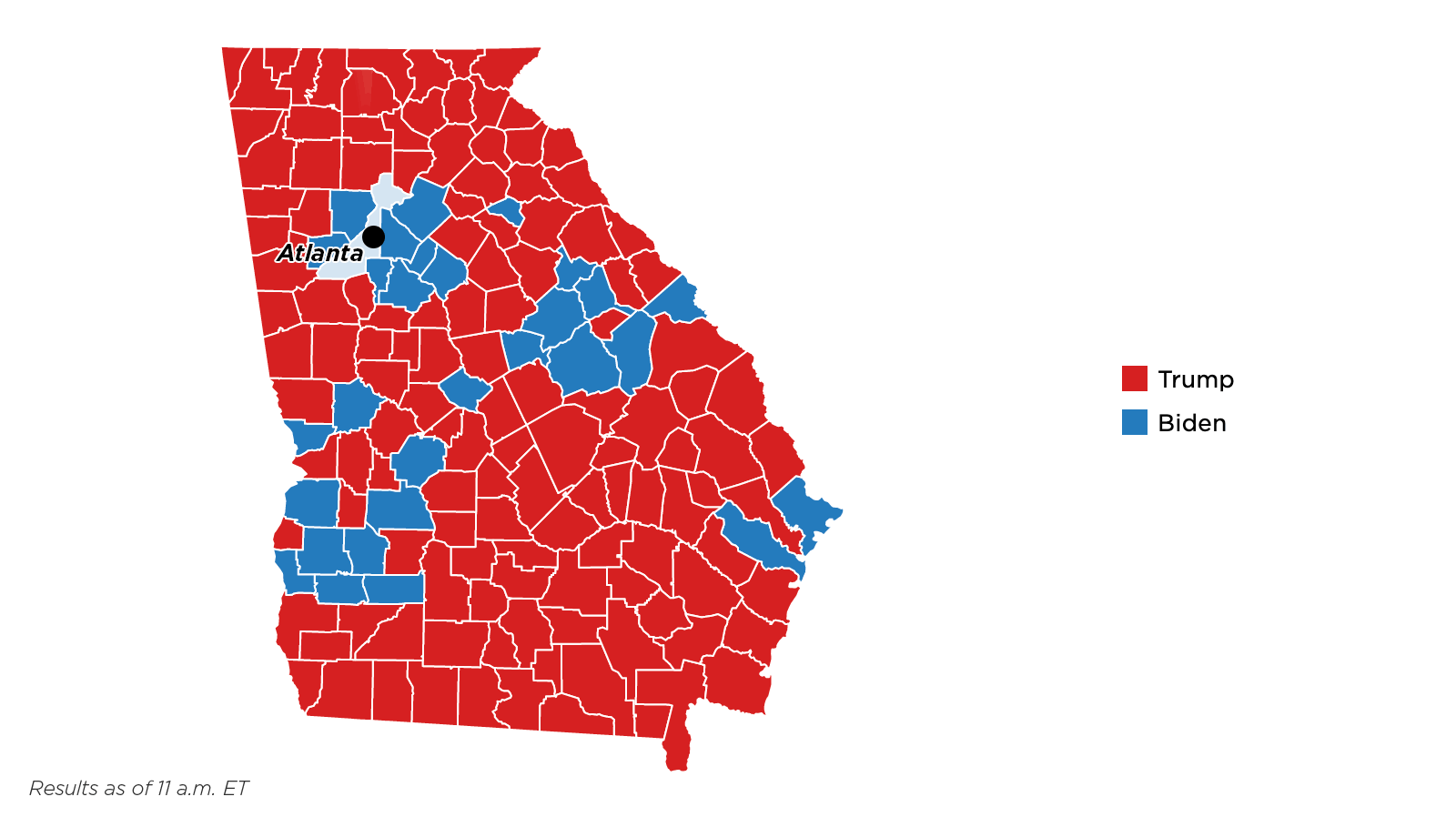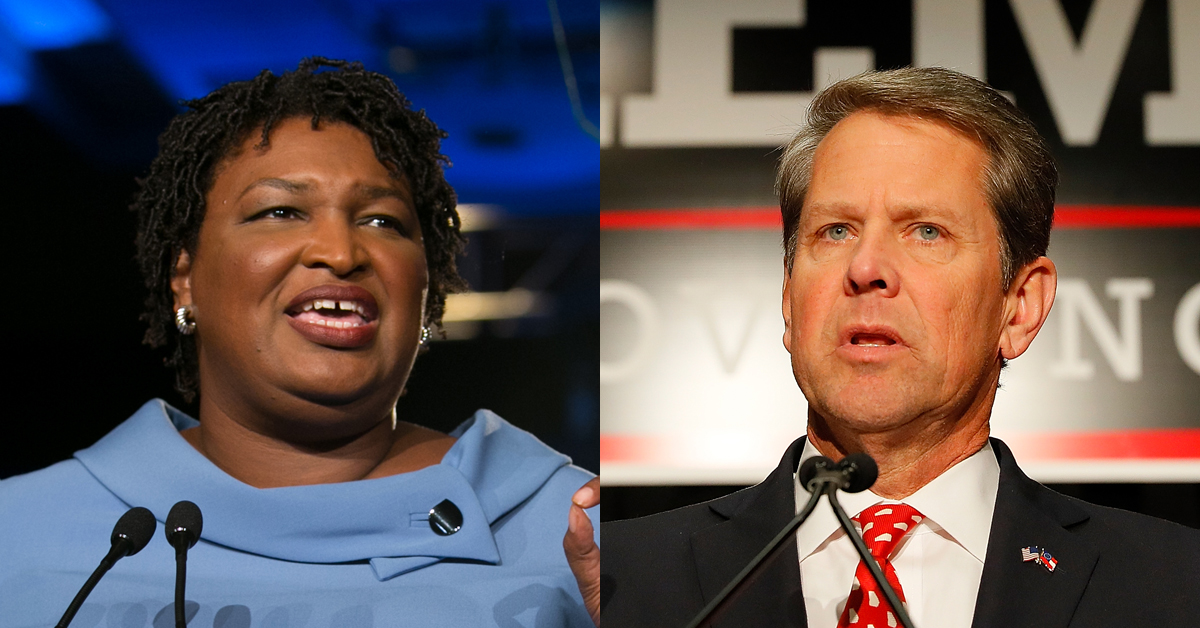
Source linked.
By: Rob Oldham
The 2014 midterm elections are nigh upon us. On November 4th, voters will reconsider their current representation in government. The partisan makeup of the government is a concern of political observers and it depends largely on how voters choose to fill out their ballots on Election Day. The Democrats currently control the Senate by a margin of 55-45 and the Republicans control the House by a margin of 233-199. Here are several cues voters will use to determine what the government will look like in January 2015, with a brief analysis of which party owns the cue.
5. Affordable Care Act
Also known as Obamacare, this is the signature domestic policy of the emerging decade and arguably the most important achievement, or failure, of the Obama Administration. It is an earnest attempt to fix America’s deeply troubled healthcare system which is plagued by rapidly growing costs, a lack of transparency in the insurance industry, and a large share of the population that is uninsured or underinsured. Its solutions to these problems include the expansion of Medicaid, individual and employer mandates, and the establishment of healthcare exchanges where individual plans can be purchased.
Unfortunately for Democrats, the press surrounding Obamacare has been largely negative with several impediments arising so far. In addition to the Republican’s bashing of what they call “socialized medicine” Obamacare has had to deal with two dozen states that did not choose to extend Medicaid, a flawed rollout of the federal healthcare exchange, and the resignation of Health and Human Services Secretary Kathleen Sebelius. These issues have largely overshadowed the law’s successes such as the significant decrease in the proportion of uninsured since healthcare exchanges opened. However, successes will likely be forgotten in late October when premiums for 2015 are released; they are expected to rise by seven percent across 33 sampled states. It is unlikely that Democrats will be able to offset the extremely negative aura surrounding the law and turn Obamacare into a positive talking point.
Advantage: Republicans
4. Foreign Intervention
Public concern over US overseas involvement has exploded since the summer. This is primarily the result of highly visible international crises in Iraq, Ukraine, and Israel. The most relevant of these is the rise of the Islamic State of Iraq and Syria (ISIS) in the Middle East. ISIS is a violent, young terrorist organization that is well funded and controls a vast swath of territory in west Syria and north Iraq. They are too extreme even for Al-Qaeda, America’s traditional nemesis in the War on Terror.
ISIS shocked the world with its persecution of the religious minority group the Yazidis and by posting internet videos showing the beheadings of two western journalists and an aid worker. America has responded to their atrocities with airstrikes that supplement Kurdish and Iraqi assaults on the ground. France, Belgium, and the United Kingdom have all joined the burgeoning international coalition that aims to, in the words of President Obama, destroy ISIS’s “network of death.”
However, it is not yet clear whether Americans support this reentry into foreign wars. Airstrikes have received public support so far, but 54 percent of people interviewed by Gallup oppose sending in ground troops. The tipping point for a more interventionalist policy against ISIS might be domestic security concerns, as ISIS has attracted and radicalized many foreign fighters and, according to Iraqi Prime Minister Haider al-Abadi, was planning an attack against the US metro system. Americans tend to value homeland security so they will likely be drawn to representatives who share their concerns. There are foreign policy hawks on both sides of the aisle that look to expand interventionalist efforts. Roughly equal proportions of Republicans and Democrats supported funding measures for anti ISIS rebels so it is unclear which party will benefit from what is shaping up to be a war in everything but name.
Advantage: Foreign policy hawks in both parties
3. President Obama
The leader of the Democratic Party is showing signs of fracture as the six year itch of a two term president is settling in. President Obama has been hard pressed for any relief as the divided government he was worked with since 2010 continues to hammer and criticize his every move. In addition to the scathing reviews from congressional Republicans, the liberal wing of the Democratic Party has risen up against Obama’s pragmatism, notably his decision to push back an executive order on immigration until after the November elections.
The sharks are nipping at Obama’s heels as he sees former allies like Hillary Clinton turn their backs on him in favor of their own political ambitions. He has been unable to rinse his administration from the stains of scandals involving the IRS, NSA surveillance, and the 2013 attack on the US embassy in Benghazi. He was even criticized for playing what should have been a relaxing game of golf following the murder of journalist James Foley. The public’s constant scrutiny toward Obama’s performance has taken a toll on the president, whose hair is significantly grayer than it had been in 2008.
Gallup reported approval ratings of Obama as low as 40 percent in early September, a crushing decline from his 67 percent high in 2009. Voters are clearly beginning to turn against both Obama and his policies, which does not bode well for the Democratic Party. The fortunes of political parties are highly correlated with the performance of the president. This is especially dangerous for Democrats defending Senate seats in red states like Arkansas, Louisiana, and Alaska and it may lead to an environment in Washington that is even more hostile to Obama for his final two years in office.
Advantage: Republicans
2. Partisanship
The partisan identity of voters is a significant predictor of who they vote for in congressional and presidential elections. That means that a large part of the 2014 election results will not be determined by voters’ preference for individual candidates, but rather by their alignment with a certain party. Swing voters still do exist, and they are largely credited with the marginal boost that Barack Obama received in 2008. However, most voters tend to vote for one party or the other, rarely splitting their ballots between candidates from both parties.
The hyper-partisan environment of Washington is mirrored in the electorate. Just as Republicans and Democrats are increasingly entrenched in their conservative and liberal worldviews and moderates are becoming a dying breed, the electorate is suffering an ailment that Bill Clinton describes as “we don’t want to be around anyone who disagrees with us.” So which party will benefit from this division?
Despite low approval ratings for President Obama, he is still viewed more favorably than the combative congressional Republicans who are viewed favorably by only 19 percent of those polled. Congressional Democrats do a little better with 30 percent viewing them favorably. Many blame Republicans for slowdown and gridlock in the legislative process as well as their automatic opposition to polices merely because they originated on the other side of the aisle. Although congressional Democrats have also displayed high levels of partisanship, they are not in the majority in the House and are less visible obstructers in the public eye.
Advantage: Democrats
1. Incumbency
The field of political science has been stricken by the phenomena of incumbency advantage since the early 1970s. A variety of factors such as constituent favors, pork barrel spending, redistricting, and name recognition have been examined to explain the tendency of incumbents to defeat challengers with high margins of victory or ward them off altogether. Incumbency is still the number one predictor of election, even after the 1990s where the resurgence of party strength weakened the importance of candidate’s personal qualities. Even in elections that lead to significant change in the makeup of Congress such as the 1994 and 2010 midterms, incumbency retention has never dropped below 80 percent.
It seems that voters are drawn to reelect those who they trust and have demonstrated their ability to represent them in the past. The little “I” on a ballot goes a long way in sending a representative back to Congress. It could have something to do with the home-style of the representative, or their practiced ability to relate to constituents. Louisiana Senator Mary Landrieu showed hers at a LSU football when she helped a constituent perform a keg stand (she declined to perform one herself). Unfortunately for Landrieu and the Democrats, the Senate has much lower levels of Incumbency advantage than the House, probably due to the fact that they must please a much larger constituency and cannot distribute selective benefits as efficiently as representatives in districts with 750,000 people. Regardless of party, those who are already in office will likely to benefit from this voting cue. On the other hand, approval ratings for the entire Congress are at an all time low, possibly making voting of incumbents counterintuitive. Whatever the logic of voters, the Republican controlled House stands to gain more than the Democrat controlled Senate from incumbency advantage.

